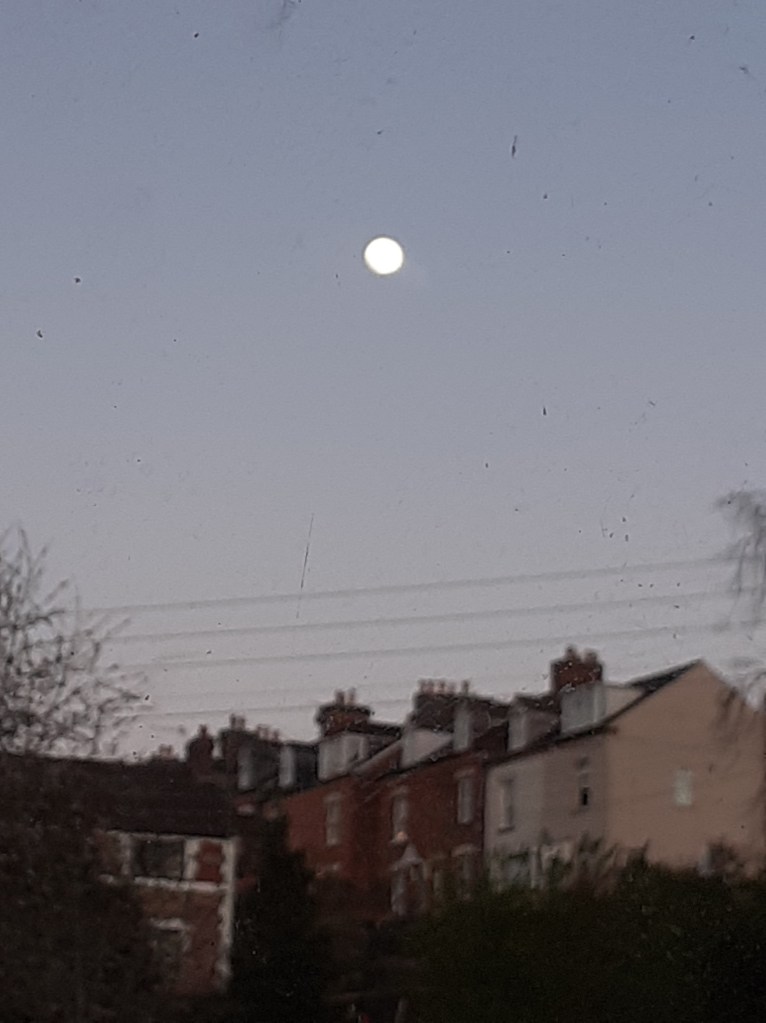BELTANE 2020

Greetings and Blessings for the fast approaching festival of Beltane/Samhain. May we all find ways to stay safe and to flourish! This post focuses on my sense of the Wheel at Beltane – aware also that each season contains the seed of its opposite.
For The Wildwood Tarot, Beltane is the moment when “the polarised energies of the land interweave and intertwine around the staff of the heavens, generating the pulse of life”. It is also concerned with balance, and linked to the traditional trump for temperance. There’s a call to discover what balance, balancing and re-balancing might look like in 2020. Where might different balancing acts take us? How does ‘balance’ apply collectively, with a continuing public health crisis?
In the card, the primal energies of the serpents, echoing both the caduceus symbol and the double helix, are vividly in the foreground. By contrast the mask-like human head towards the bottom of the picture is almost hidden. For me, it is sombre, an image inviting uncertainty and unknowing rather than ‘balance’ or any steady state. Beltane 2020 finds a world in flux. Anything is possible. At the personal level, balance might morph into a kind of poise, without attachment to specific outcomes, yet with a preparedness to navigate uncharted waters.









